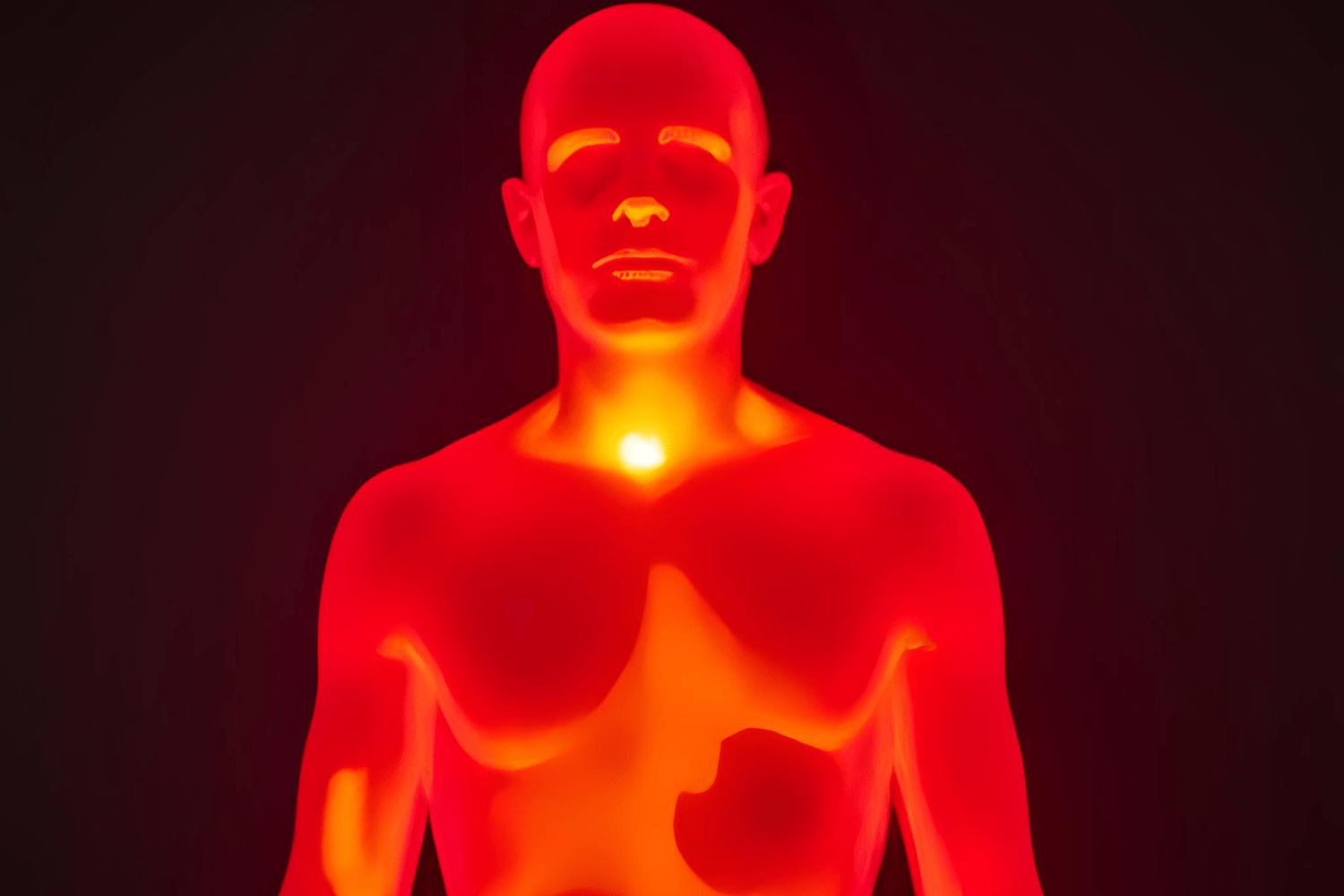CRP vs. ESR: What Inflammation Markers Tell You About Your Health?
When your body feels off, it’s easy to blame it on stress, poor sleep, or maybe something you ate. But sometimes, there’s silent inflammation happening beneath the surface. That’s where inflammation markers in blood come into play.
These markers can help spot infections, autoimmune issues, or even chronic diseases. Two of the most common tests used are CRP and ESR. Let’s break down what they are, how they’re different, and why they matter for your health.
What Are CRP and ESR?
Let’s start with CRP, which stands for C-reactive protein. This protein, made by the liver, rises quickly when your body experiences inflammation.
The C-reactive protein test acts like an early alarm. It kicks in fast when there’s an infection or injury, often within hours. Doctors usually use it to track bacterial infections or flare-ups of chronic illnesses.
ESR, on the other hand, stands for erythrocyte sedimentation rate. It measures how quickly red blood cells sink to the bottom of a test tube. If they settle faster than usual, it often means there’s some kind of inflammation.
But ESR isn’t as fast as CRP. It can take a day or two for levels to shift. It gives a longer view of inflammation, rather than a quick update.
How to Detect Inflammation in the Body
Inflammation doesn’t always come with obvious signs. You might not feel pain or see swelling, but it can still be there. That’s why blood tests matter so much.
Doctors use the C-reactive protein test and erythrocyte sedimentation rate to find hidden inflammation. These tests often work together. CRP shows what’s going on now, and ESR shows what’s been building over time.
Other ways to check for inflammation include:
- Complete blood count (CBC) – Offers a general look at your blood health
- Procalcitonin – Helps detect bacterial infections
- Ferritin or fibrinogen – Sometimes used, but not as common as CRP or ESR
Still, CRP and ESR are the most widely trusted tests.

What Is the Difference Between CRP and ESR?
People often ask about the difference between CRP and ESR. The short answer is, they measure similar things in different ways.
CRP reacts quickly. If you have an infection or injury, CRP levels usually rise within 6 to 8 hours. ESR takes longer, sometimes 24 to 48 hours, to reflect changes.
Here’s a quick comparison of CRP vs ESR:
Feature | CRP | ESR |
Speed of response | Fast (within hours) | Slow (can take days) |
Affected by age or pregnancy? | No | Yes |
Best for | Acute inflammation | Chronic inflammation |
Specificity | More precise | Less specific |
Cost | Slightly higher | Lower |
CRP is more accurate for detecting short-term changes. ESR can be thrown off by age, anaemia, or pregnancy, which can make results less reliable. But it’s still helpful in spotting ongoing conditions like lupus or polymyalgia rheumatica.
Sometimes, ESR is high while CRP is normal. That might mean the inflammation is older or not caused by infection. Each result tells a different part of the story.
Common Medical Uses and Why These Tests Matter
These tests aren’t just numbers. They help doctors figure out what might be wrong when symptoms are confusing or vague. CRP and ESR help guide the next step, whether it’s more tests, treatment, or just waiting.
They’re used in many conditions, including:
- Autoimmune diseases, like rheumatoid arthritis or lupus
- Infections, from mild to severe
- Certain cancers, especially those linked to chronic inflammation
- Heart disease, where inflammation is often a factor
- Chronic pain issues, such as fibromyalgia or PMR
They’re also great for tracking progress. If your CRP goes down after starting medication, your body is likely responding well. ESR works too, but the changes take longer to show.
Here’s when doctors might choose one test over the other:
- CRP: Suspected infection, injury, sudden flare-up
- ESR: Long-term conditions, monitoring trends over time
Think of it like two kinds of watches. One shows the current second, the other gives a slow-moving picture of time passing.
When to Use One Test or Both
So, which test should be done? Sometimes CRP is enough. Other times, both tests help tell the whole story.
Use CRP when the issue might be new or changing fast. It’s beneficial for infections, surgical recovery, or sudden inflammation.
Use ESR when symptoms have lasted a while or there’s suspicion of a long-term issue. It’s good for spotting patterns in chronic diseases or slow-building conditions.
There are times when doctors order both. For example:
- A child has a fever but no clear infection.
- Someone has chronic pain with no swelling.
- After surgery or trauma, it is used to track healing.
If both markers are high, that usually confirms inflammation. If one is high and the other is low, it helps point to the cause or timing.
Doctors don’t all agree on when to use each test. But most will tell you they’re powerful tools when used with other information.

How Do Results Guide Health Decisions?
The results don’t give a complete diagnosis, but they do offer direction.
A high CRP often means something’s going on right now. A high ESR may suggest a slow-burning issue that’s been building for a while.
Doctors use these numbers to decide what comes next:
- More testing, like imaging or blood work
- Referrals to specialists
- Medication changes, depending on what’s being treated
- Lifestyle advice, especially if the cause is related to diet, stress, or other daily factors
Here’s a basic idea of what the numbers might look like:
Marker | Normal Range | High Value |
CRP | Below 1.0 mg/dL | Over 3.0 mg/dL |
ESR (men) | 0–15 mm/hr | Above 20 mm/hr |
ESR (women) | 0–20 mm/hr | Above 30 mm/hr |
But what’s “normal” can vary based on your age, sex, or health history. So always talk through your results with your doctor.
Conclusion
In the end, inflammation markers in blood, like CRP and ESR, help uncover hidden problems before they grow into something bigger. They don’t give all the answers, but they point us in the right direction.
Understanding the difference between CRP and ESR can help you feel more informed and in control. Knowing how a C-reactive protein test or erythrocyte sedimentation rate works puts you one step ahead in managing your health.
If you’ve been wondering how to detect inflammation in the body, these tests are a smart place to start. They’re simple, fast, and help you make informed choices.
You can also explore our Longevity Program to learn how we support inflammation testing and long-term wellness strategies tailored to you.


